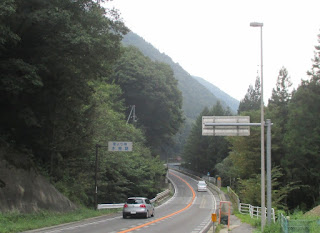Here
are snapshots taken in five European countries -- the U.K. Belgium, Poland, Czech Republic and
Hungary -- in July and August in 2016. It was about a month after Brexit –- the
U.K.’s decision to leave EU.
EU and UK
EU and UK
28
EU flags in Brussels
-- When will it become 27?
-- When will it become 27?
At a bookshop in Bloomsbury,
London
-- Disputes continue over Europe
Flags in front of Financial Times
-- Company flag and EU flag, no Union Jack (late July, 2016)
-- Company flag and EU flag, no Union Jack (late July, 2016)
Border
control @ St. Pancras Station, London
-- for Eurostar trains
Terrorism, migration and national security
-- for Eurostar trains
Terrorism, migration and national security
Guards at Brussels South Station
-- It became the scene of everyday, everywhere
Brussels International Airport
-- the road to departure floor
-- It became the scene of everyday, everywhere
Brussels International Airport
-- the road to departure floor
Sint-Jans-Molenbeek in Brussels
-- Many migrants here
-- Many migrants here
Budapest East station
-- A handwritten board: “Europe, your humanity is lost”
Presidential
Palace in Warsaw
-- Flags of Poland, EU and NATO
European integration
-- No borders for companies
Prices in Euro and forint in Budapest
-- around Euro zone
ATM for Euro and zloty in Warsaw
-- exchange commission is low
Bike sharing in Budapest
-- rapidly spreading throughout Europe
Common value, common culture
Prices in Euro and forint in Budapest
-- around Euro zone
ATM for Euro and zloty in Warsaw
-- exchange commission is low
Bike sharing in Budapest
-- rapidly spreading throughout Europe
Wenceslas
Square (Václavské náměstí) in Prague
--Prague spring, Velvet Revolution
Hungarian Parliament in Budapest -- Hungarian Revolution of 1956
Franz Kafka's birthplace in Prague-- Good cafe restaurant
Copernicus statue in Warsaw
-- The Copernican theory was released in the 16th century
--Prague spring, Velvet Revolution
Hungarian Parliament in Budapest -- Hungarian Revolution of 1956
Franz Kafka's birthplace in Prague-- Good cafe restaurant
Copernicus statue in Warsaw
-- The Copernican theory was released in the 16th century





























































